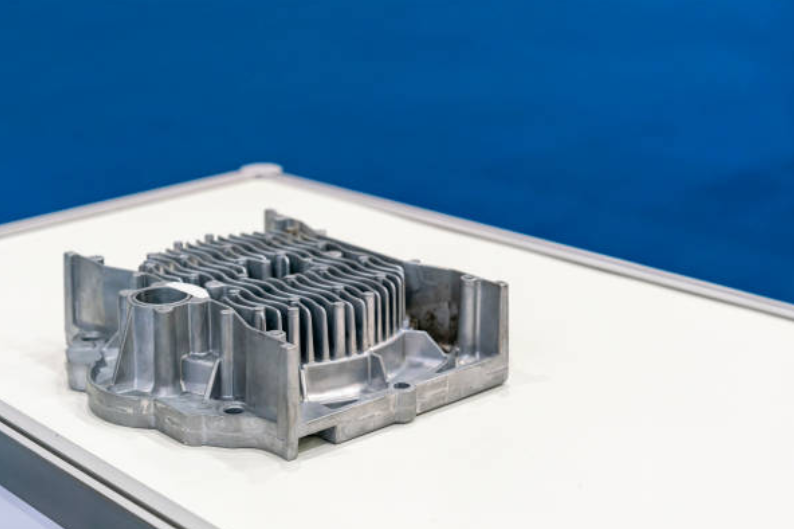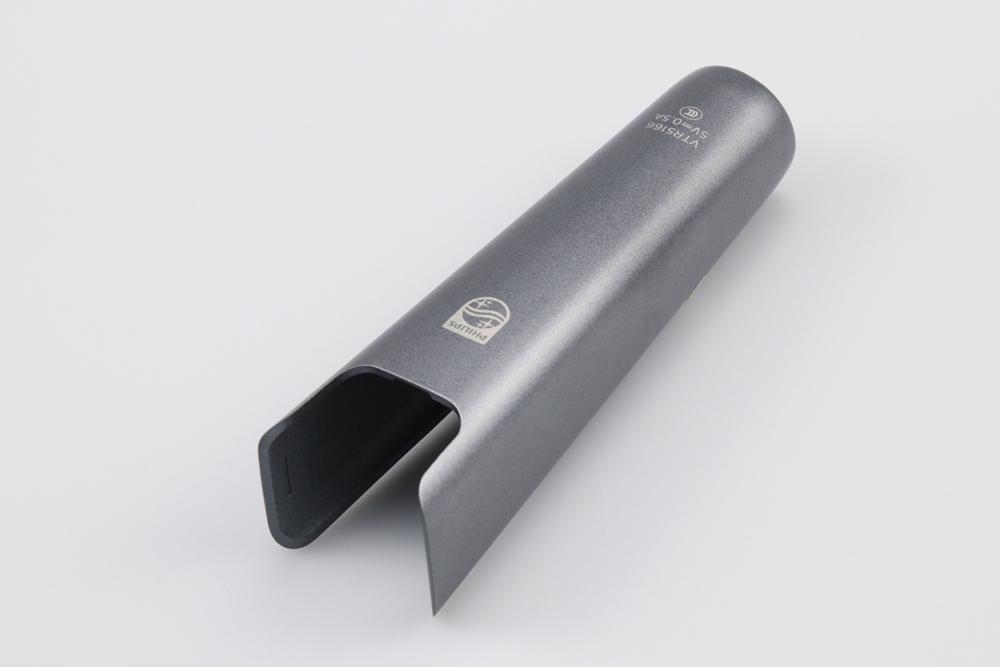How are new technologies enhancing Zamak die casting processes?
Digital Integration and Process Simulation
Modern advancements in digital manufacturing have significantly optimized zinc die casting operations. Engineers now rely on computer-aided simulations to predict molten metal flow, thermal gradients, and solidification patterns before production begins. With virtual modeling through CNC machining, prototyping, and rapid molding prototyping, die design and gating systems can be refined to eliminate air entrapment and minimize porosity.
This data-driven approach reduces tooling trials, shortens development cycles, and improves consistency across multiple production runs. The technology also integrates seamlessly with gravity casting for small-batch verification and with sheet metal stamping for the fabrication of hybrid components. By simulating temperature behavior, casting engineers can optimize cooling channel layouts and injection parameters, greatly enhancing throughput and reliability.
Smart Automation and Real-Time Monitoring
Automation has redefined efficiency in die-casting production. Modern Zamak casting lines are equipped with AI-based monitoring systems that track mold temperature, pressure, and shot velocity in real time. Predictive algorithms detect early anomalies, allowing proactive maintenance that prevents downtime. This capability ensures repeatable, high-volume manufacturing, particularly in precision industries such as automotive manufacturing and power tool production.
Automated robotic handling also enhances part extraction and trimming accuracy, minimizing human error while ensuring consistent cycle times. Integration with digital manufacturing platforms enables end-to-end production visibility, improving operational agility and resource allocation.
Advanced Materials and Alloy Optimization
Innovations in alloy formulation have expanded the performance envelope of Zamak. New compositions, such as Zamak 3, Zamak 5, and Zamak 7, exhibit higher purity and reduced gas porosity, which supports finer surface finishes and greater mechanical integrity. Engineers now apply metallurgical analytics similar to those used in precision casting to achieve microstructural uniformity.
Alloy cleanliness and controlled solidification enable better bonding in secondary processes such as injection molding or plating. This ensures consistent strength and dimensional accuracy, even in miniature components used in consumer electronics and locking systems.
Surface Treatments and Finishing Automation
Post-processing technology plays a vital role in modern Zamak applications. Robotic polishing and automated powder coating units ensure uniform coverage across complex geometries. Similarly, advanced chrome plating lines use pulse electroplating and precision current control to achieve smoother, more durable finishes with higher adhesion strength.
These innovations have significantly reduced the rework rate while enhancing corrosion resistance and cosmetic quality — essential for visible components in e-mobility systems and telecommunication assemblies.
Conclusion
Emerging technologies — from digital twins to AI-driven control systems — are revolutionizing Zamak die casting by increasing process transparency, minimizing defects, and enhancing production efficiency. The fusion of data analytics, automation, and material science ensures that manufacturers achieve higher precision, sustainability, and scalability in every production cycle.



